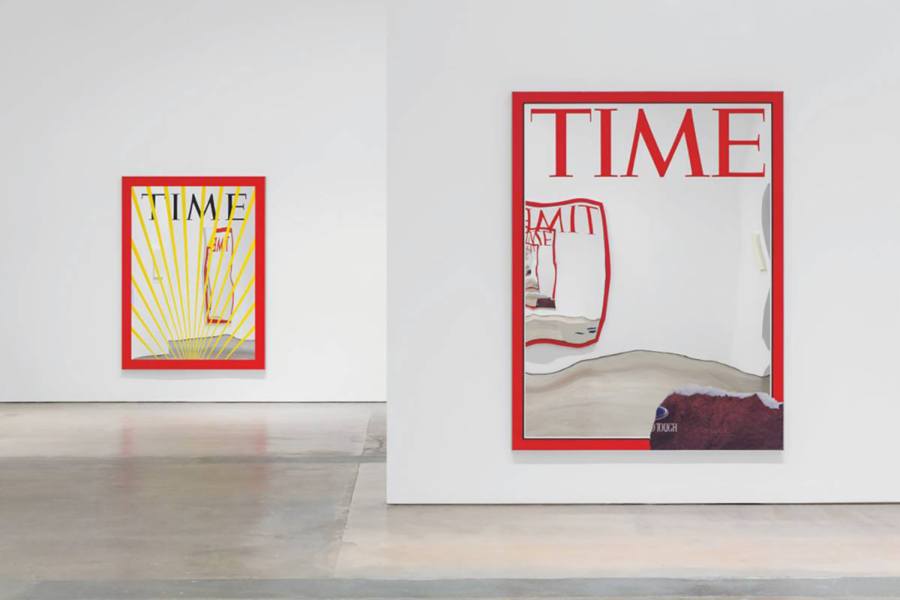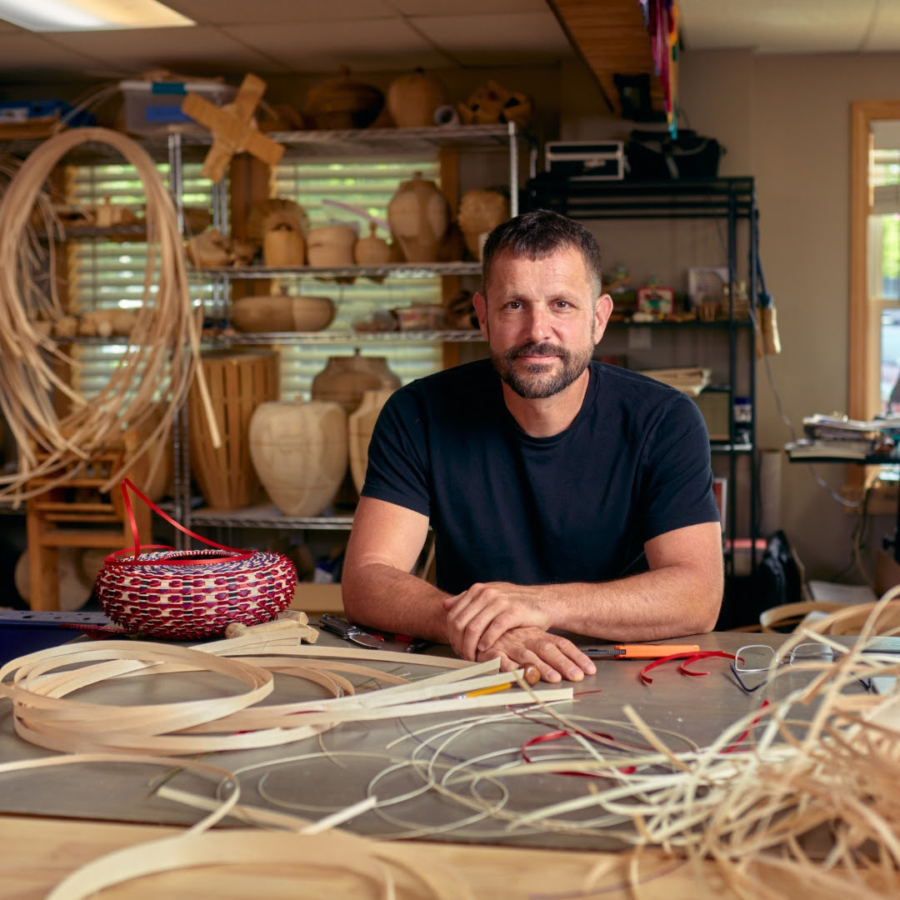July 14, 2015
Download as PDF
View on The Georgia Straight
Mungo Thomson: Time, People, Money, Crickets
At the Contemporary Art Gallery until August 30
It’s a muggy summer evening in Yaletown’s Emery Barnes Park. Children shout and shriek as they clamber over playground equipment. Adults chat, dogs bark, fountains splash and gurgle.
Slowly, we become aware of a series of unexpected sounds, insinuating themselves into the urban aural surround. Four soloists—a violinist, a clarinetist, a percussionist, and a piccolo player—each standing in a separate corner of the park, perform excerpts from the musical score of Crickets.
A collaboration between Los Angeles–based artist Mungo Thomson and composer Michael Webster, the work is based on field recordings of different cricket sounds gathered from different places in the world. Shrill, chirpy, raspy, squeaky—the rhythmic and repetitive sounds draw listeners on a wondrous stroll from performer to performer.
Some of those listeners have just arrived in the park from Thomson’s exhibition opening at the Contemporary Art Gallery. Subtitled Time, People, Money, Crickets, the show surveys the past five years of the artist’s wide-ranging, idea-driven practice. Film, video, photography, sculpture, sound, and magazines are all represented within the CAG’s white walls. Conceptualism is given a postmodern workout.
A few of Thomson’s works are easy to miss on our first passage through the place: a colour-reversed photo-mural of outer space on the glass canopy over the CAG’s entrance; a pile of mail on the floor just inside the front door; a 16mm-film projection tucked into the stairwell.
Others are commanding in scale and presentation. Four big mirrors branded with the bright red logo and border of Time magazine frame and reflect viewers, the exhibition space, and each other. And the HD video of Crickets, conducted by Webster and performed by a 17-member chamber orchestra, fills a large, dark gallery.

Thomson’s art addresses backgrounds more than foregrounds, absence more than presence, drawing our attention to overlooked aspects of institutional and cultural life and natural phenomena. (In this impetus he resembles Vancouver’s Germaine Koh.)
Untitled (Margo Leavin Gallery 1970- ) is based on the Rolodex of Thomson’s former gallerist in Los Angeles. What we see in this 16-mm film are long shots of the card-holding device, spinning quickly and then slowly, followed by an extended sequence of stop-motion close-ups of the individual cards, each allotted a single film frame, all of them flashing past at 24 frames per second. Amazingly, our brains register some of the names, including Donald Judd, Sol LeWitt, and the Warhol Foundation. We also register collectors, curators, couriers, framers, florists, and customs agents, among many others.
As the CAG gallery guide notes, the work is a kinetic portrait of the many and diverse individuals and groups “brought into orbit around a single cultural enterprise”.
There’s a lively social and business dynamic evident here, but there’s also absence and obsolescence, in the film medium used and in the fact that the Margo Leavin Gallery has closed, some of those listed in its Rolodex have died, and the device’s function has been appropriated by computers and cellphones.
By far the most compelling work in the show is Crickets, for which the Emery Barnes Park performance serves as a kind of extension—an urban intervention. In the 17-minute video on view at the gallery, the musicians, dressed in black and shot in a black-box theatre, deliver the composition with expressions of deep seriousness, although we’re told in an essay by one of the show’s curators that this work is “funny, of course”.
Each of the 25 movements represents a separate recording of a specific kind of cricket in a specific time and place. (The original recordings were made in Borneo, Cameroon, France, Martinique, Senegal, Thailand, and Venezuela.)
The supposed humour derives from the pop-culture notion that the chirping of crickets is the sound heard when a standup comedian’s joke has fallen flat—the sound of a silence that signifies failure.
Still, if we hadn’t been told about this, we would have interpreted Crickets in a distinctly different fashion, as an eloquent meeting of nature and culture, of found sound and new music. We would be moved by this art work’s ability to invoke for us the cricket song we hear at night when the thrum and clamour of the city have receded. We understand Thomson’s citing of crickets as producing a ubiquitous absence of sound—that is, of human-made sound—so that, yes, we’re hearing a certain kind of silence. But not, for us, a kind of failure. Not at all.



